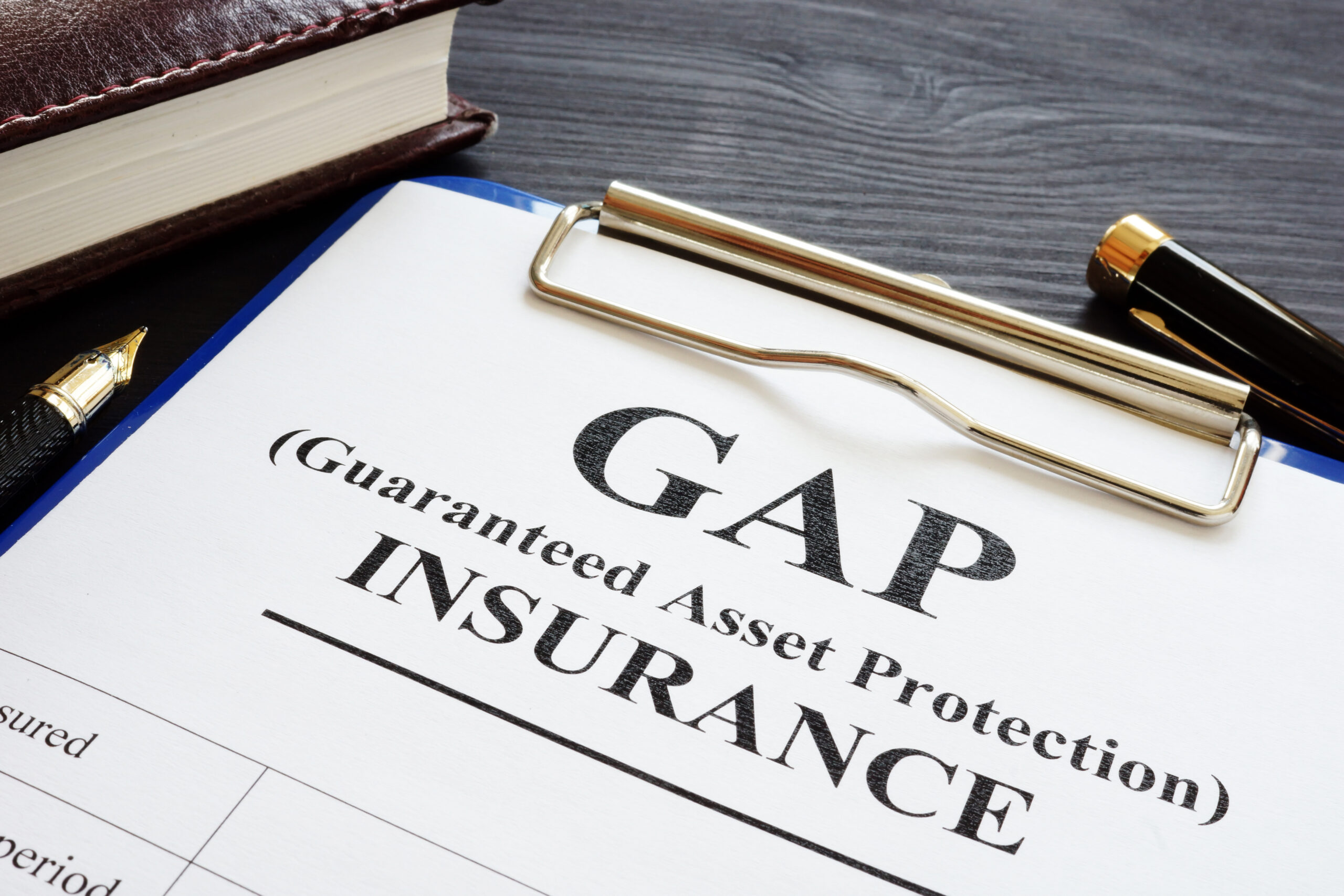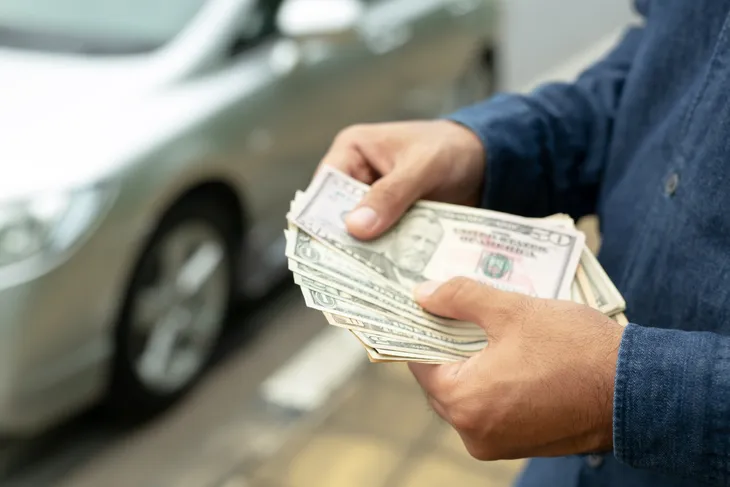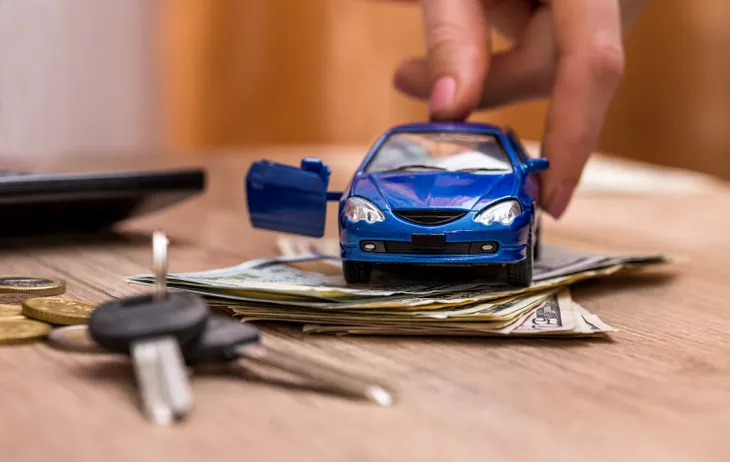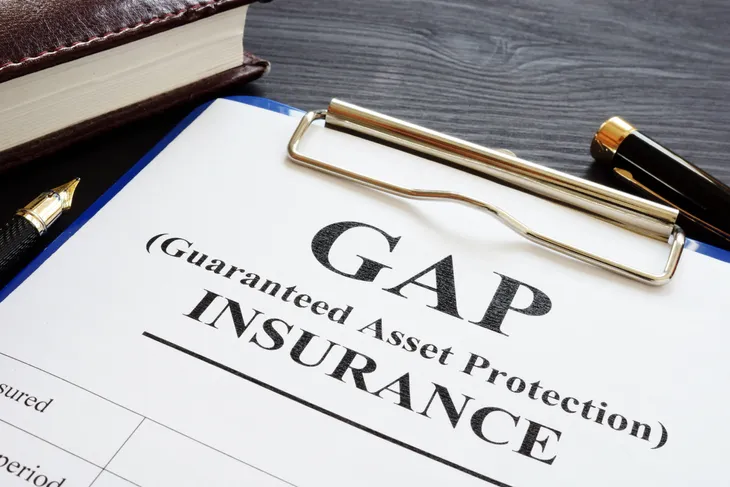It seems like there is insurance for anything and everything these days. You can (and should) obviously insure your vehicle and home (or rental). You can buy AppleCare for your new iPhone. And yes, you can even insure your laptop or drone. However, another type of insurance that’s grown in popularity in recent years is Gap Insurance. The name itself is a bit vague, so you’re probably wondering exactly what gap insurance is, how it’s used, and whether you need it. We can help you answer those questions.
11. What is Gap Insurance?
Gap insurance is sometimes considered an acronym. It can stand for Guaranteed Auto Protection. Or sometimes Guaranteed Asset Protection, but it’s the same thing. It can also cover a gap in traditional insurance, giving the name a bit of a double meaning. Naming oddities aside, what is gap insurance actually for?
Simply put, it’s insurance that pays the difference between what you owe a lender on an asset and the real value of it. In simple terms, it’s insurance that potentially covers being underwater on a car or home loan. This becomes relevant if you are forced to pay your loan off completely if your car was lost or totaled.
10. Gap Insurance, Explained
Gap insurance may not sound very useful for some of you. However, it could actually be a lifesaver for many other car owners. That’s because a car usually loses 30% (or more) of its value as soon as you buy it. When your car still has that brand new leather smell, you probably owe the lender more than what the car is actually worth already.
Let’s say your new car ends up in accident. The insurance company decides it’s cheaper for them to replace the vehicle than to repair the damages. So they send you a check for the current value of the vehicle. There’s a strong change that the amount will be less than what you still owe on the vehicle. Now you’re upside-down on your car loan and you need to come up with the difference out of your own pocket. (Plus you still need to replace your vehicle). Gap insurance will pay for that shortfall.
9. An Example of Gap Insurance
Let’s go over a really simple example of gap insurance. Let’s say you buy a new car for $30,000. You make a modest down payment of $1,500. The best deal you could get was a 96-month (eight year) term at 4.99%. For the sake of argument, we’re also tacking on 7% sales tax (which could be more or less, depending on your state).
This deal works out to 96 monthly payments of $387.25. You’ll pay a total of $6,574.82 in interest charges. At first glance, everything seems okay. It’s an affordable car payment on a vehicle that should certainly last eight years (it’s brand new, after all). The interest charges hurt a bit, but that’s the cost of lending, right?
8. Upside-Down Loans
Well, after driving your car for one year (12 months), you’ll still owe $27,407 on your loan. And chances are, after a year of driving, the vehicle is only worth $25,000 (at most). So if you total your car, your regular insurance will payout $25,000 — or less, if they think they can get away with it. You can use that money to pay off your loan, but you’d still be $2,407 short. (Plus you have no money left to replace your totaled car either.)
After two years, you still owe $24,052. By now, your vehicle might be worth $20,000, depending on mileage and if you’ve been taking good care of it. As you can see, the longer your loan is, the more time you’ll spend being upside-down on it. That’s why gap insurance has become so popular lately.
7. You Probably Won’t Need It
Gap insurance is seldom claimed. The chances of the very specific circumstances where gap insurance will pay out don’t occur very often. Think about it. Not only does your car need to be totaled (or stolen), but it has to happen while you still owe more than the car is worth. That’s why many people don’t know gap insurance even exists.
Depending on the details of your auto loan, you may never actually need gap insurance anyway. Unless you’re paying a high-interest, long-term loan, your vehicle value won’t drop under the amount you owe on it for very long.
6. The Rise of Gap Insurance
Gap insurance is slowly becoming more popular. More people are learning about (and purchasing) gap insurance in recent years. This is mostly due to auto loans being stretched farther and farther out. A typical car loan used to be for three-to-five years. Now you can get an eight-year term on a brand new vehicle. That equates to borrowers being upside down on their cars for longer periods of time. That makes gap insurance a more appealing expense for many car buyers.
Those who do end up using their gap insurance are extremely grateful they bought it. After all, imagine how terrible it would be to buy a brand new car, total it almost immediately, and not even get insurance money to pay off the eight-year loan you just signed. For some worried drivers, gap insurance is the safety net they really need.
5. Gap Insurance is Quite Cheap
Another reason for gap insurance’s newfound popularity is that it can run pretty cheap. Lenders at the dealership generally charge roughly $500 as a one-time fee for coverage. If you stretch that out to a five-year loan, you are looking at something like an extra $10 a month. That’s nothing at all.
You can do better though. If you get gap insurance through a third party, you may be able to slash that cost in half. You do, however, need to come up with the few hundred dollars right away to pay for it. Gap insurance isn’t not typically offered as a monthly premium. That up-front payment turns a lot of potential buyers off.
4. How To Get Gap Insurance
Like we just mentioned, some dealers will try to sell you gap insurance as an add-on when you first buy the car. While you may pay more, it’s definitely convenient to know that you’re fully covered (and then some) the second you drive off the lot. However, smart shoppers should probably decline the dealer offer.
A better way to get gap insurance is to simply ask your current insurance company if they provide it. This add-ons may cost you $20 to $40 a year more than what you already pay in premiums. However, that equals less than $5 a month more for the peace of mind. Plus you can always cancel it down the road, when your loan isn’t upside down anymore. More on that in a second.
3. Compare and Contrast
Remember to compare the different options. Different gap insurance policies may have different terms. More specifically, look for how much the policy will pay out as a percentage of the actual cash value (ACV) of the vehicle. This is an important number, and could be the difference between your gap insurance being worth the cost (or not).
Some policies typically only cover up to 25% of ACV of your doomed car. Some polices cover even less! That means if the difference between what you owe and the regular insurance payout is more than a 25% difference, you will (once again) be paying out of pocket. Obviously, the higher percentage ACV payout, the better the coverage.
2. How Long Should You Keep the Gap Insurance?
Paying for gap insurance through your preexisting auto insurance (if available) makes the most sense. That’s because you’re only paying the fee for the duration of time that you own the vehicle. Even at $40 a year, you’d only pay $400 if you keep your gap insurance for ten years. However, you don’t actually need gap insurance for ten years.
Gap insurance covers the gap from what your car is worth and what you owe the lender. If you’ve paid off the loan entirely, then there’s no reason to have gap insurance at all. In fact, you can safely cancel gap insurance as soon as what you can get for the vehicle (if it’s lost) equals what you owe the lender. For pretty much every loan, that happens well before the loan term is up. So financially speaking, it’s best to figure out when you are no longer upside down on the car. Then cancel your gap insurance.
1. Cancelling Gap Insurance
Canceling gap insurance is pretty trivial with an auto insurance policy. Just call them up and ask them to adjust the policy terms. The changes happen the next day in most cases, and then you’re all done. They’ll even refund you the difference if you’ve already prepaid your premiums.
However, things aren’t as easy if you bought gap insurance through a dealer or a third party. In some contracts, you only get a certain amount of time where you can still cancel gap insurance. In other cases, the contract will specifically say that you can’t cancel. If you already bought the insurance (and paid up front), then you have to look at your own contract to figure out the details.
The Bottom Line
There’s an old saying that suggests people should be glad if they don’t ever make use of their insurance policy. This is certainly true with gap insurance. However, I think people are also pretty happy to have suitable insurance when they need it the most. I don’t know if this would be true for me, personally. Yes, being able to make a gap insurance claim could absolutely save me financially.
Still, making a claim means that my car is totaled (or otherwise gone forever). If this happened to me, I would still be plenty upset about the situation. At least gap insurance would potentially save me from spending more money than I already would have to. After all, I still need to come up with some cash to at least pay for a down payment on a new car. That doesn’t mean gap insurance isn’t useful though.















